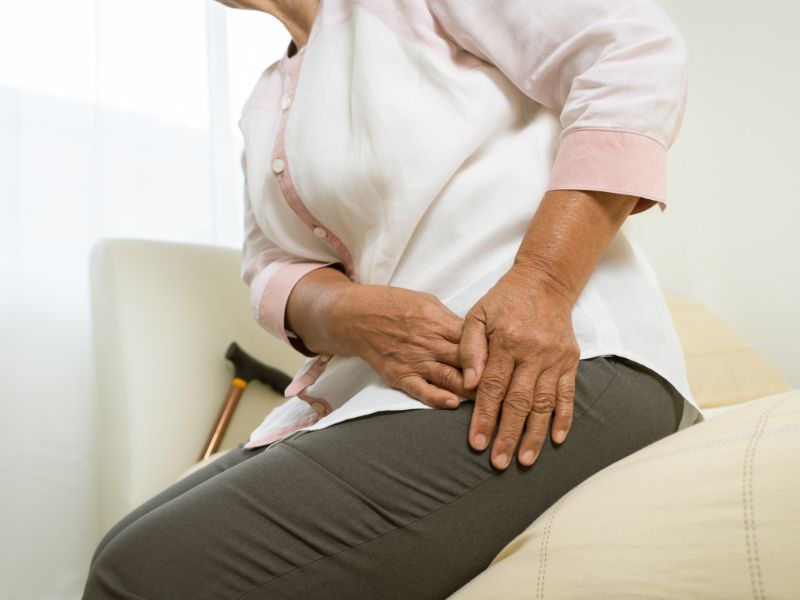
Calcifying Enthesopathy is a group of conditions that affect the areas where tendons and ligaments attach to bones. These areas are crucial for movement and stability in the body. When they are subjected to inflammation or injuries, such as trauma, it can lead to pain and decreased functionality.
Causes and Factors of Calcifying Enthesopathy :
Multiple factors can contribute to the development of calcifying enthesopathy :
- Overuse or Overload : Excessive repetition of movements or intense physical activities can stress the entheses.
- Injuries or Trauma : Direct injuries or repeated microtrauma can damage the entheses.
- Medical Conditions : Diseases such as ankylosing spondylitis, psoriatic arthritis, or other inflammatory conditions can increase the risk of enthesopathy.
Calcifying enthesopathy can develop due to a variety of factors, including overuse, injuries, medical conditions, and more. Understanding the potential causes can help individuals and healthcare professionals develop effective prevention and treatment strategies.
Symptoms of Enthesopathy :
Symptoms may vary depending on the affected area, but common signs include :
- Localized pain : Usually felt at the site where the tendon or ligament attaches to the bone.
- Stiffness or reduced range of motion : Causing limited normal movements.
- Swelling or hypersensitivity : Local inflammation can lead to these symptoms.
Enthesopathy often manifests with localized pain, stiffness, reduced range of motion, swelling, and hypersensitivity due to inflammation. Understanding these symptoms can help individuals recognize the condition and seek appropriate treatment.
Diagnosis of Enthesopathy :
The diagnosis of enthesopathy typically involves a thorough physical examination to assess painful areas, along with a detailed knowledge of the patient’s medical and surgical history. Imaging techniques such as ultrasound or MRI are used to confirm the diagnosis and evaluate the extent of the lesions.
To better visualize the pathology, please click on the following link to access radiologic images.
Treatment of Calcifying Enthesopathy :
Treatment for enthesopathy aims to relieve pain and improve function in the affected joint. It may include :
- Rest and Reduced Activities : Limit movements that exacerbate symptoms.
- Physical Therapy : Exercises aimed at strengthening muscles and improving flexibility.
- Medications : Nonsteroidal anti-inflammatory drugs (NSAIDs) to reduce inflammation and relieve pain.
- Complementary Therapies : Such as physiotherapy, acupuncture, or the use of orthopedic supports.
In severe or persistent cases, more advanced options such as corticosteroid injections or, in rare situations, surgery may be considered.
The severity and duration of enthesopathy can vary among individuals. It is crucial to consult a healthcare professional for an accurate diagnosis and a treatment plan tailored to each individual’s specific situation.
Early intervention and lifestyle modifications often contribute to faster recovery and significant improvement in the quality of life for individuals affected by enthesopathy. Proper management can help alleviate pain, restore joint function, and prevent further damage, allowing individuals to maintain an active and fulfilling lifestyle.




